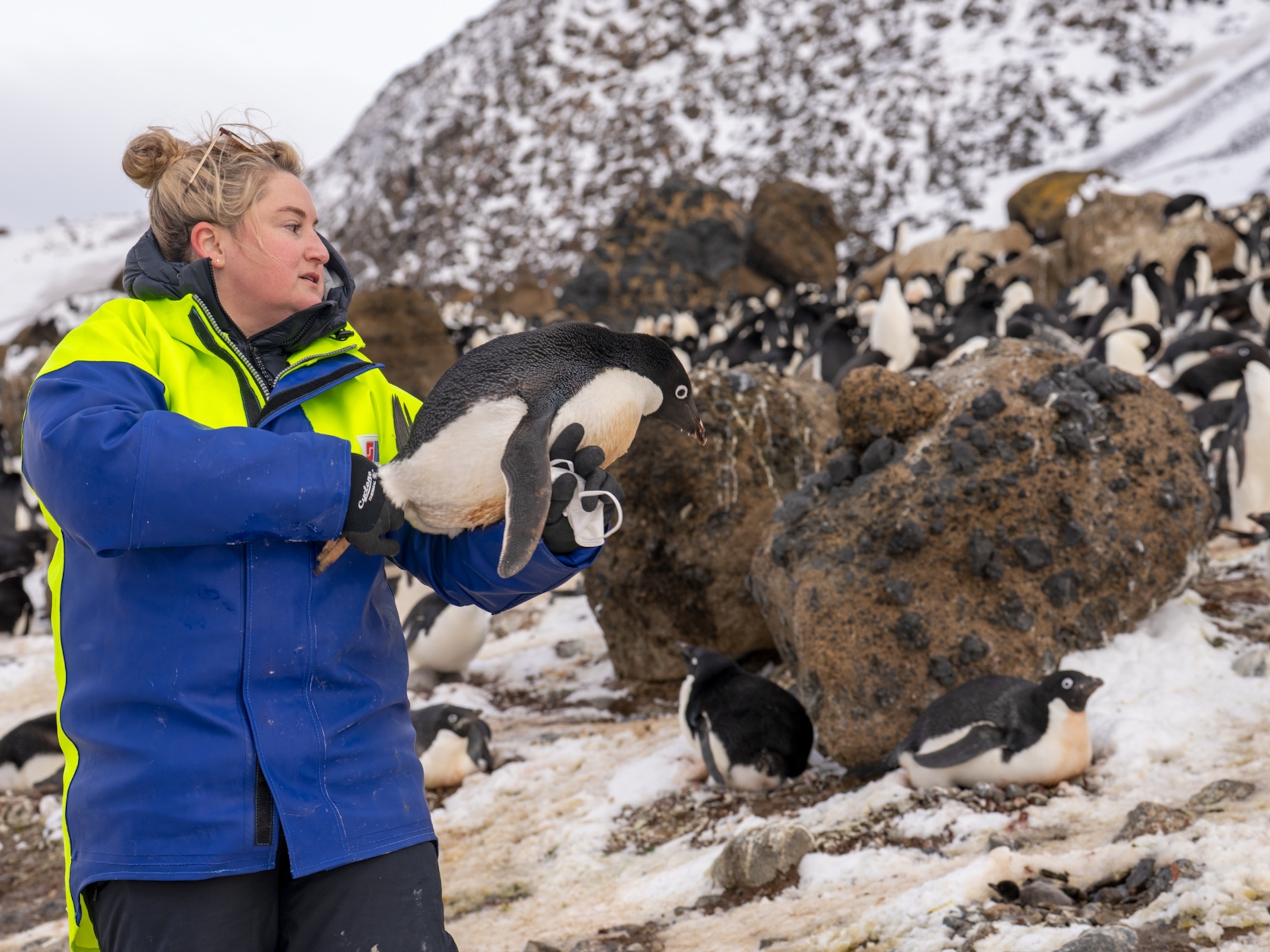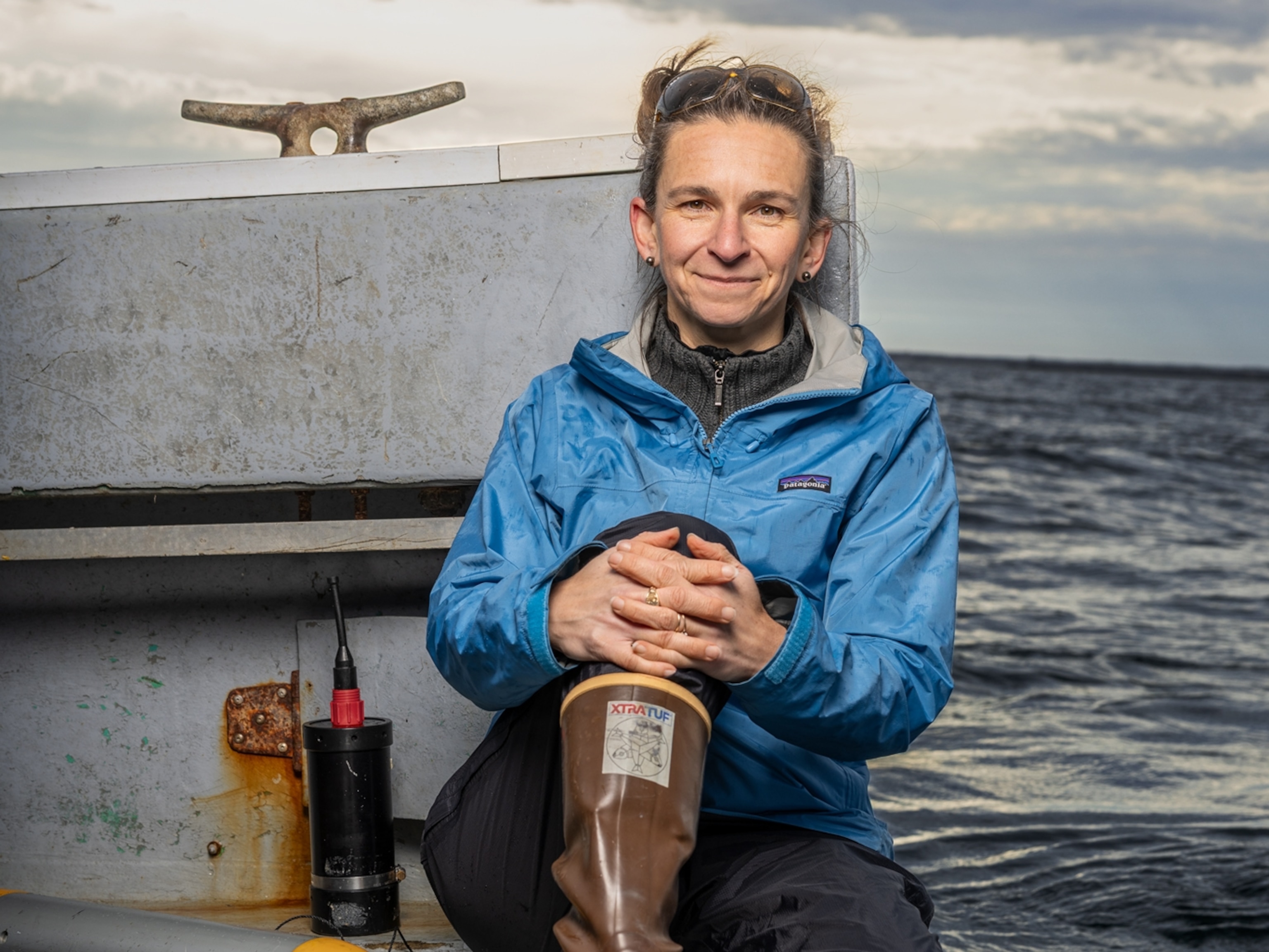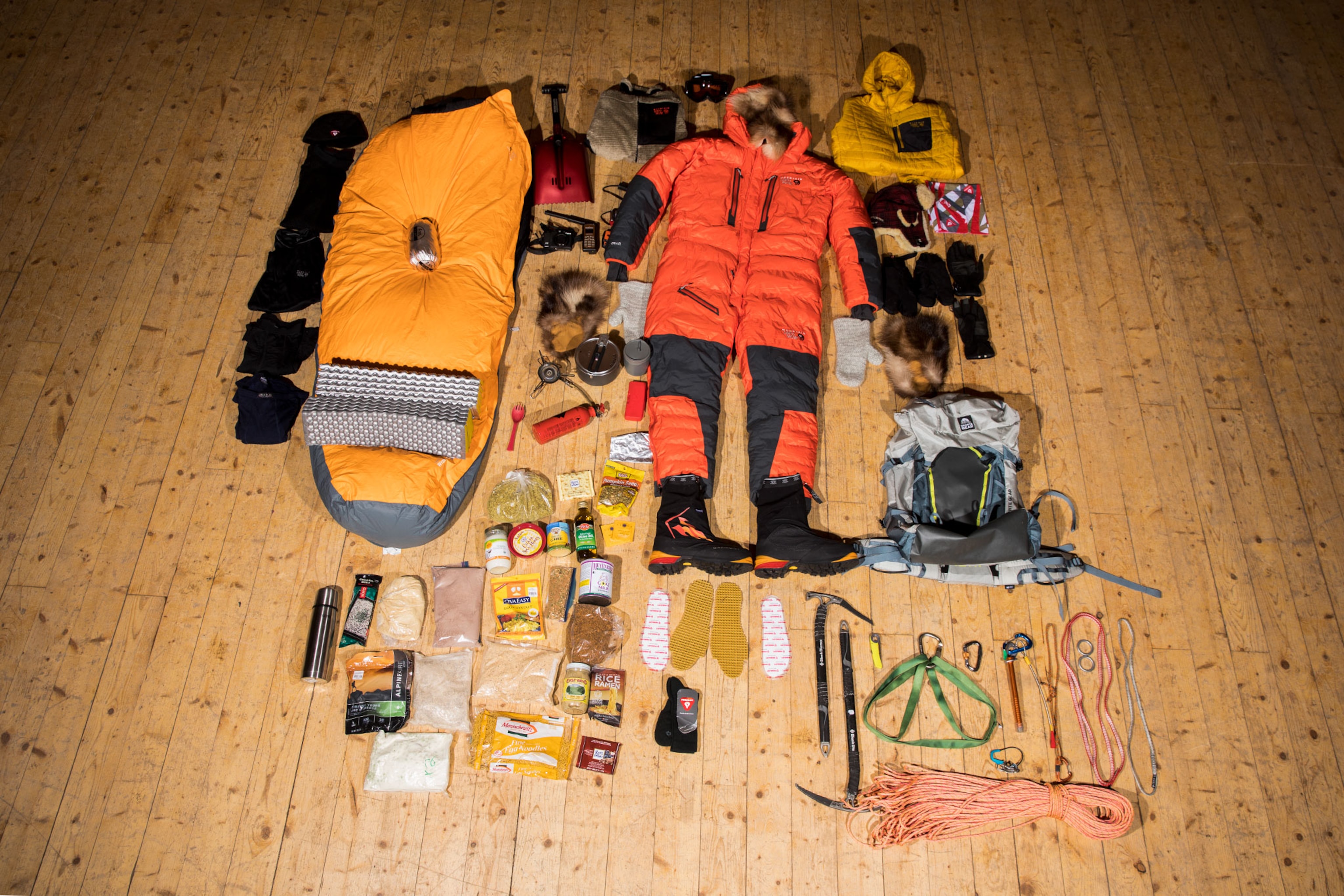
When Survival Depends on What's in Your Backpack
Veteran Arctic explorer and mountaineer Lonnie Dupre has the packing of his provisions down to a science.
What’s in your backpack?
If you’re Lonnie Dupre, it’s about 60 pounds of survival essentials.
“Trying to carry 19 days of supplies isn’t easy—it requires a hard look at everything you’re carrying,’’ says Dupre, the legendary Arctic explorer and mountaineer who in 2015 became the first climber to complete a January solo summit of Alaska’s Mount Denali.
The Rolex Laureate left his Minnesota home last weekend for a five-week expedition to the Himalaya, where he’ll be part of Vertical Nepal, a six-person climbing team attempting the first ever ascent of 20,885-foot Langju in the remote Tsum Valley. When he returns in mid-November, he’ll prepare for a first ever winter assault of Alaska’s Mount Hunter.
Climbing light is essential for the 150-pound Dupre, who plans to max out a 60-pound backpack going up Mount Hunter, considered among North America's most difficult 14,000-foot peaks to scale.
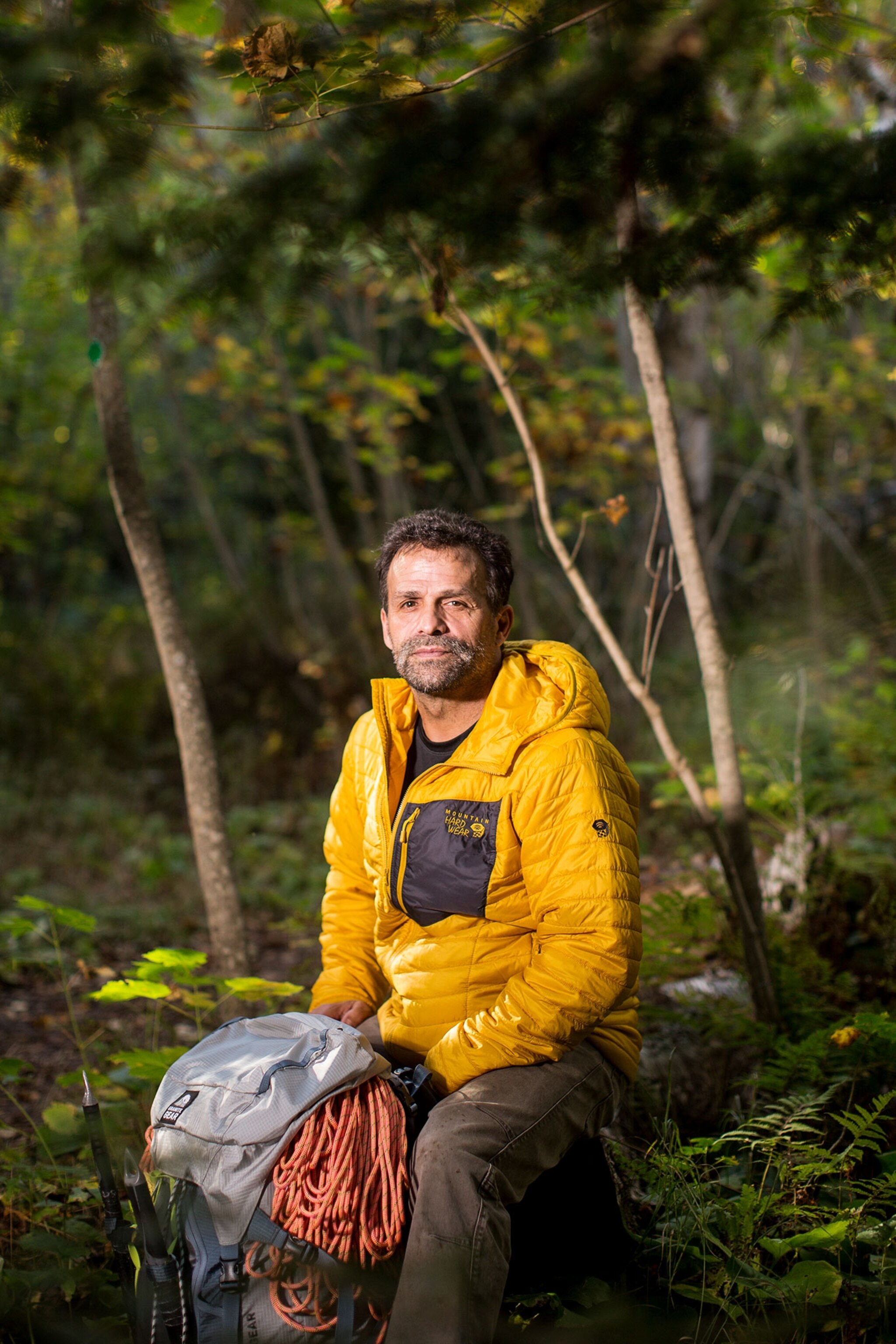
“Fuel is the number one priority. You can go a little while without adequate food, but only two or three days without water, and you need white gas fuel to melt snow,'' he says. "In an extreme environment, what you have can mean whether you live or die.”
Dupre's latest excursions bolster an extensive 30-year adventure resume that includes the first nonmotorized circumnavigation of Greenland and ski/sled trips from Canada to the North Pole.
But Dupre, a descendant of French explorer Jaques Cartier, has also had his share of failures. Three previous solo Denali ascents were cut short by extreme weather, and at one point, his successful summit of Denali in 2015 was even more dire. Midway up the mountain, snow and whiteout conditions forced him to hunker down, unable to resupply from a cache less than a thousand feet below.
“I had three days of fuel and one and a half days of food, but the storm lasted five, so I had to stretch it out as long as I could, because I didn’t know how long I’d be stuck,’’ Dupre says. “I thought I was toast and maybe had 36 hours to live."
In Arctic winter darkness that lasted 19 hours a day, Dupre stuffed himself into his sleeping bag, fighting off hypothermia and hunger. “The biggest fear of winter climbing isn’t geezing or failing—it’s being pinned down in an extensive storm where you run out of supplies,” he says. "This is the only time in my entire career where I’d been really stupid.”
Weather conditions eventually cleared, enabling Dupre to descend to his supply cache, marked with a pole.
“When I saw it, I thought, I get to live,'' he says. "I dug it out pretty quick, pawed through a duffle bag, and worked on a couple of chocolate bars right away.”
Resupplied, Dupre went back up to his camp at 11,200 feet, consuming as much as he could. Rejuvenated and with the weather clearing, he eventually made it to the top of Denali, where he spent 10 minutes reflecting on what had taken him four years to accomplish before heading down. "I was just relieved I didn't have to endure the effort another time,'' he says. "Most fatalities occur on the way down. I started hightailing it out."
Dupre hasn’t finished tinkering with what will fill his backpack for Hunter. The breakdown so far:
- 19-day food supply: 20 lbs.
- White gas fuel: 6.2 lbs.
- Backpack: 4 lbs.
- Climbing rope: 4 lbs.
- Tent: 4 lbs.
- Sleeping bag: 4 lbs.
- Down snowsuit: 3.5 lbs.
- Marking stake wands: 2.5 lbs.
- Electronics (satellite phone, camera, emergency beacon): 2 lbs.
- Water-filled thermos: 2 lbs.
- Shovel: 1.2 lbs.
- Stove: 1 lb.
- Cooking pot, spoon, and stove wind screen: 12 oz.
- Air mattress pad: 10 oz.
“Langju is quite technical, and we’ll be taking a lot of gear—we’re going to have to be prepared for whatever the mountain asks,’’ he says. “But Hunter is all about being light, and it’s not like Denali, where you can drag in a sled of supplies and position them along the way.”
“I’m still playing around with what I’m taking,’’ says Dupre, who uses gram and bathroom scales to hone weight levels.
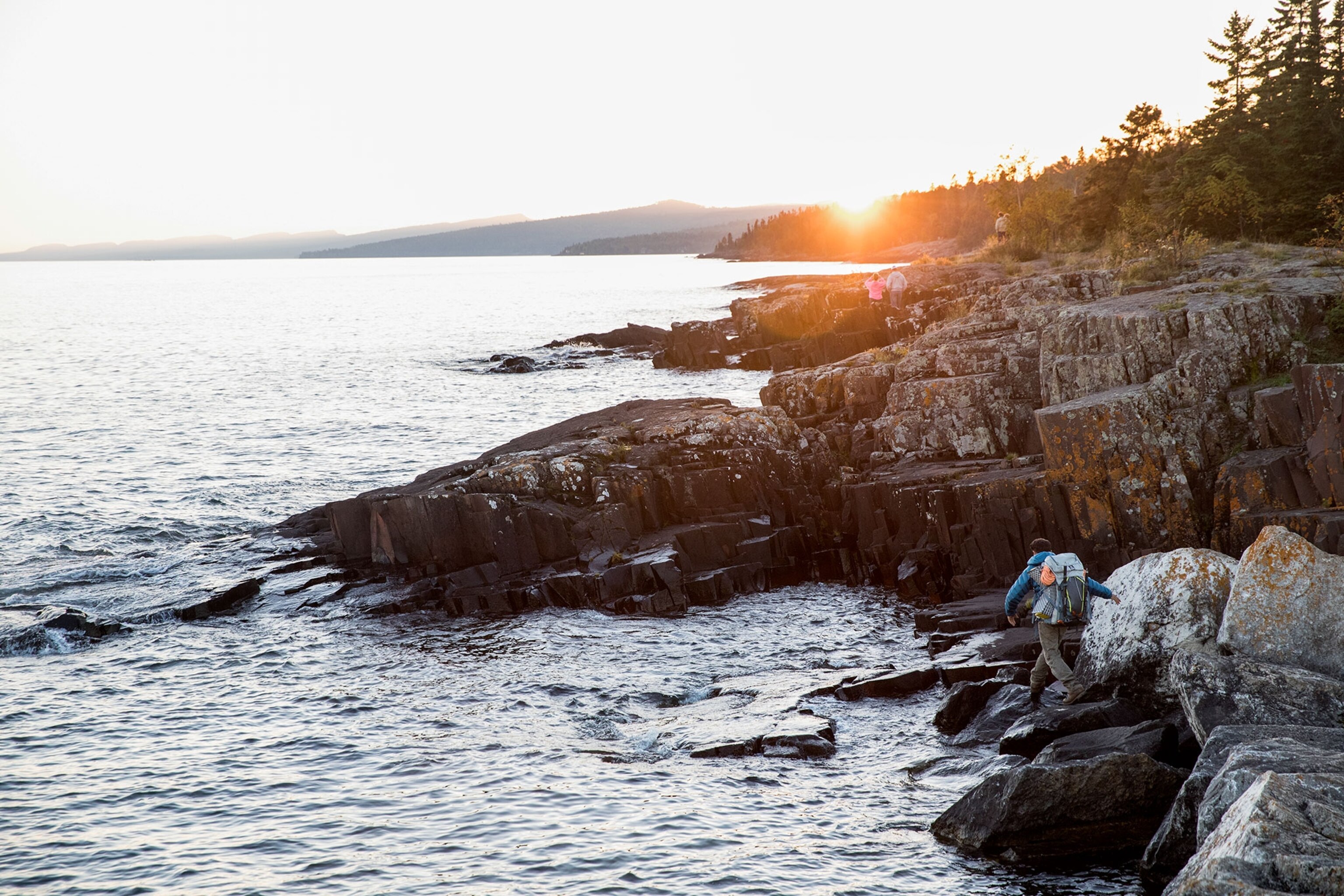
Food includes freeze-dried macaroni and cheese, lasagna, precooked meats, double-smoked bacon dipped in maple syrup, dense chocolate, and four-ounce, homemade energy bars made from nut butters, honey, coconut, and apricot, formed into large Tootsie Roll-like shapes and wrapped in wax paper. He "goes in chubby'' on most expeditions, adding 10 to 15 pounds of weight that will be lost during heavy daily exertion.
Typically, he packs one luxury item. “The one thing I allow myself is a good cup of [freeze-dried] coffee,’’ Dupre says.
National Geographic produced this content as part of a partnership with the Rolex Awards for Enterprise.


